On the morning of May 22, the Steering Committee for the Development of the Urban Railway Network System of Ho Chi Minh City (Steering Committee) held its first meeting under the chairmanship of Secretary of the Ho Chi Minh City Party Committee Nguyen Van Nen.
Also attending were comrades: Nguyen Thanh Nghi, member of the Party Central Committee, Standing Deputy Secretary of the City Party Committee, Deputy Head of the Steering Committee; Nguyen Van Duoc, member of the Party Central Committee, Deputy Secretary of the City Party Committee, Chairman of the Ho Chi Minh City People's Committee, Standing Deputy Head of the Steering Committee.

Speaking at the meeting, Chairman of the Ho Chi Minh City People's Committee Nguyen Van Duoc said that in the context of Ho Chi Minh City expanding its administrative boundaries - expected to merge with Ba Ria - Vung Tau and Binh Duong provinces - the need to develop an urban railway system is increasingly urgent. The city needs to re-plan and extend the Metro lines to neighboring provinces such as Dong Nai, Ba Ria - Vung Tau and Tay Ninh.
Expanding the urban railway network will create momentum to attract investment and develop urban areas according to the TOD model (transport-oriented urban development).
Therefore, comrade Nguyen Van Duoc analyzed that in the short term, the HCMC Urban Railway Management Board (MAUR) under the HCMC People's Committee is suitable. However, in the long term, the HCMC Department of Construction and MAUR should study and advise HCMC to upgrade the management model of MAUR.
The Chairman of the Ho Chi Minh City People's Committee also said that building Metro lines not only uses the state budget but also requires financial solutions such as calling for domestic and foreign investors to participate, including combining ODA capital.
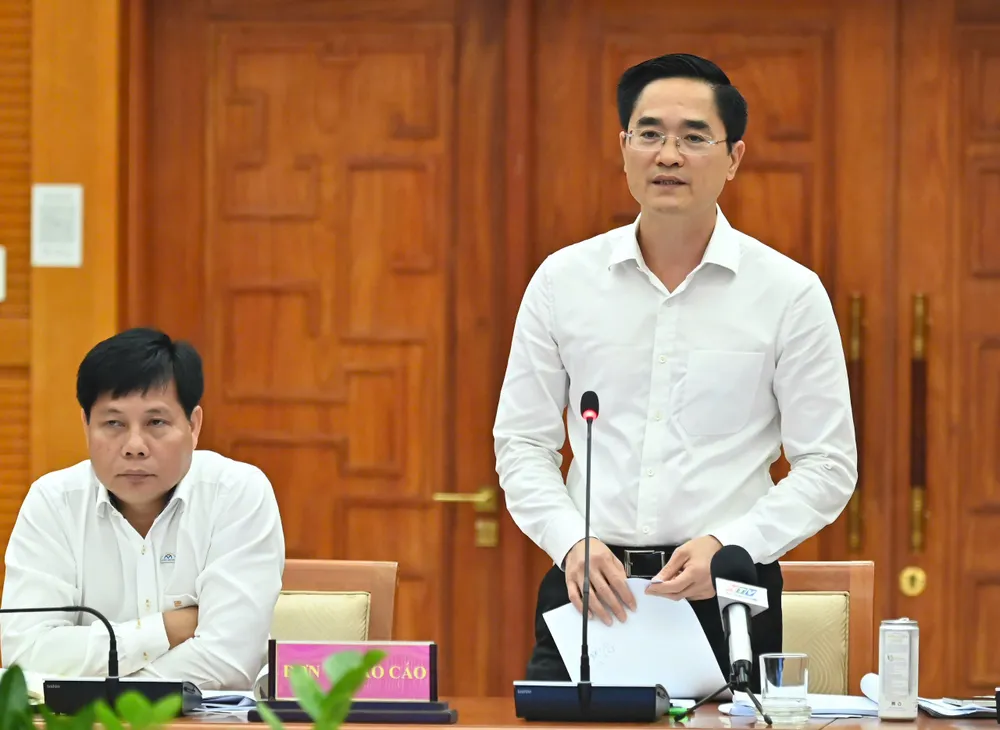
According to the report of Tran Quang Lam, Acting Director of the Ho Chi Minh City Department of Construction, the city aims to complete about 355 km of urban railway by 2035 with a total estimated investment of 40.2 billion USD. In the period up to 2045, an additional 155 km will be built, not including the route from the City Center to Can Gio (about 48.7 km) and the Thu Thiem - Long Thanh route (about 41 km).
According to Mr. Tran Quang Lam, the development of the city's urban railway system has made many strides thanks to specific policies and mechanisms that are suitable to local realities and current laws. Diverse capital mobilization policies, including central and local budgets, ODA loans, bonds, domestic and international loans, help ensure investment resources for projects.
The Prime Minister has the right to allocate medium-term capital, not exceeding VND209,500 billion for the 2026-2035 period, while the Ho Chi Minh City People's Council decides to allocate annual capital from the local budget based on legal sources of increased revenue and savings.
Clear investment processes, from document preparation, appraisal, approval to inspection, supervision, ensuring progress and efficiency. The HCMC People's Committee has the right to adjust progress, architectural plans, and appoint contractors in accordance with reality.
In addition, the urban development policy following the Multi-functional Integrated Urban Area (TOD) model promotes the development of vibrant centers around stations, land use, PPP capital mobilization, personal vehicle load reduction and sustainable urban development.
In addition, policies on railway industry, technology transfer, and high-quality human resource training help improve internal strength and reduce foreign dependence. Regulations on construction materials and waste disposal ensure standards, are environmentally friendly, and encourage green materials.
In financial management, collecting fees by area, commercial activities, and services helps maintain and expand the network. Relevant agencies clearly decentralize responsibilities, maintain transparency, and efficiency. The policy is also based on international experience, removing obstacles, and creating a clear legal foundation to promote investment, construction, and operation of the city's metro system in the future.
Source: https://www.sggp.org.vn/chu-tich-ubnd-tphcm-quy-hoach-bo-sung-mang-luoi-duong-sat-do-thi-post796319.html





![[Photo] Prime Minister Pham Minh Chinh chairs the Government's special meeting on law-making in May](https://vphoto.vietnam.vn/thumb/1200x675/vietnam/resource/IMAGE/2025/5/22/1c880aae96fd4e0894abc47a46fe19ba)


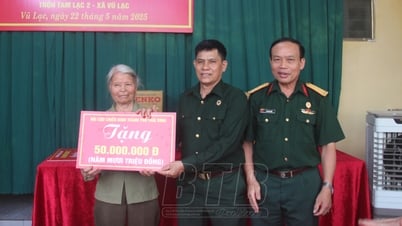

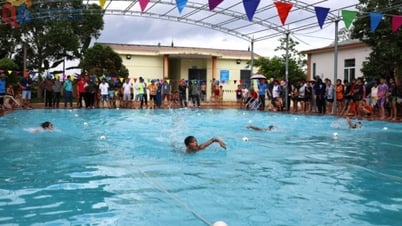

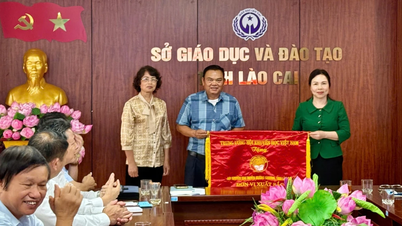

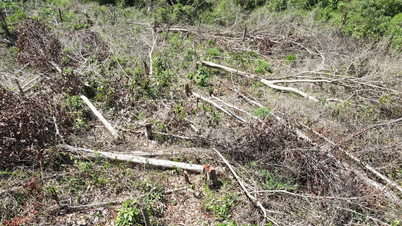
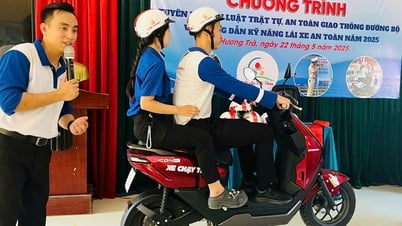

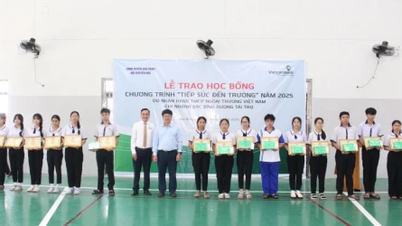





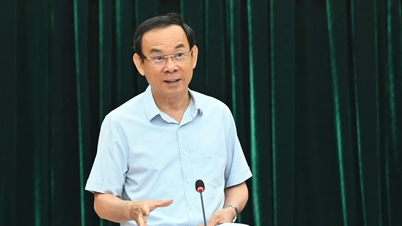
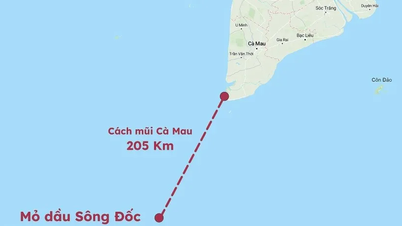
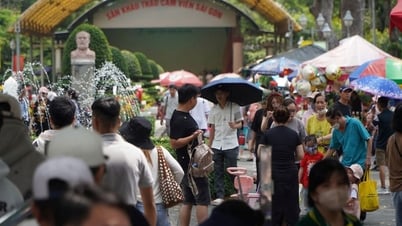
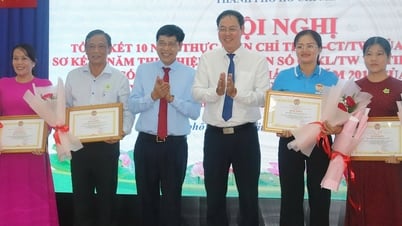
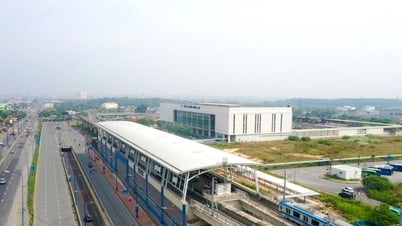
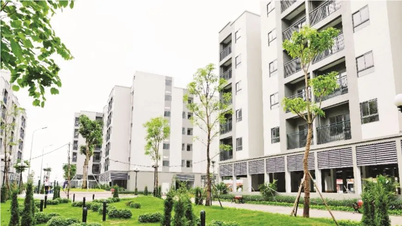
























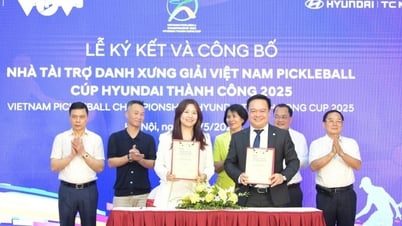











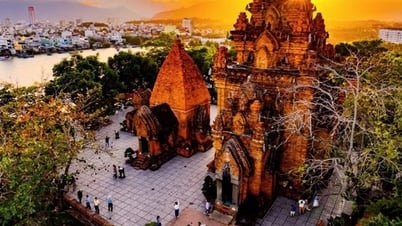
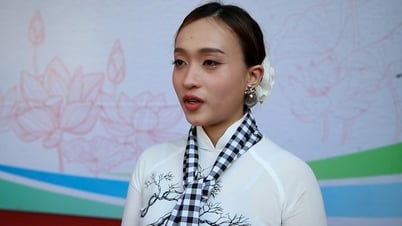
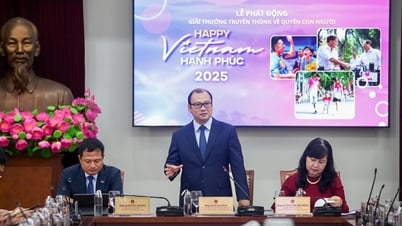
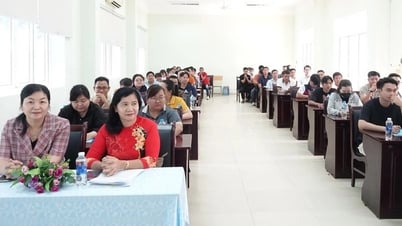
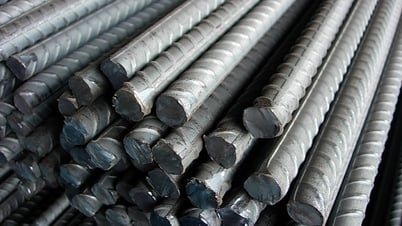

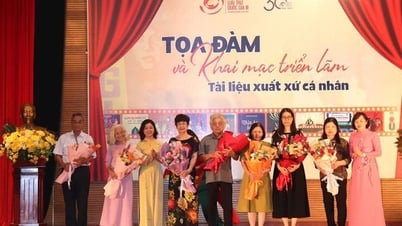
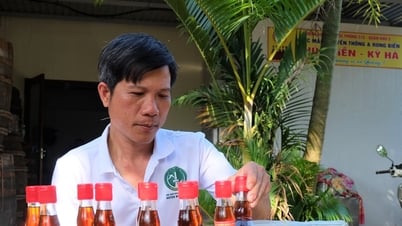

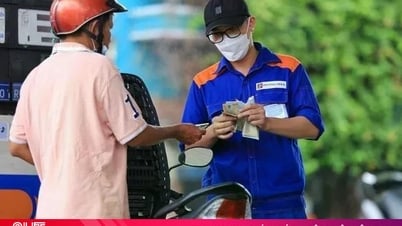







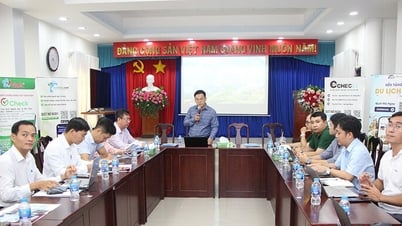

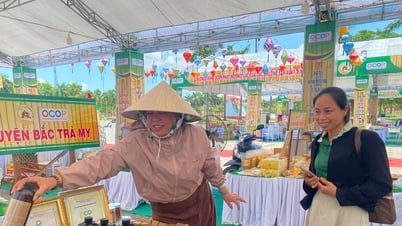
Comment (0)